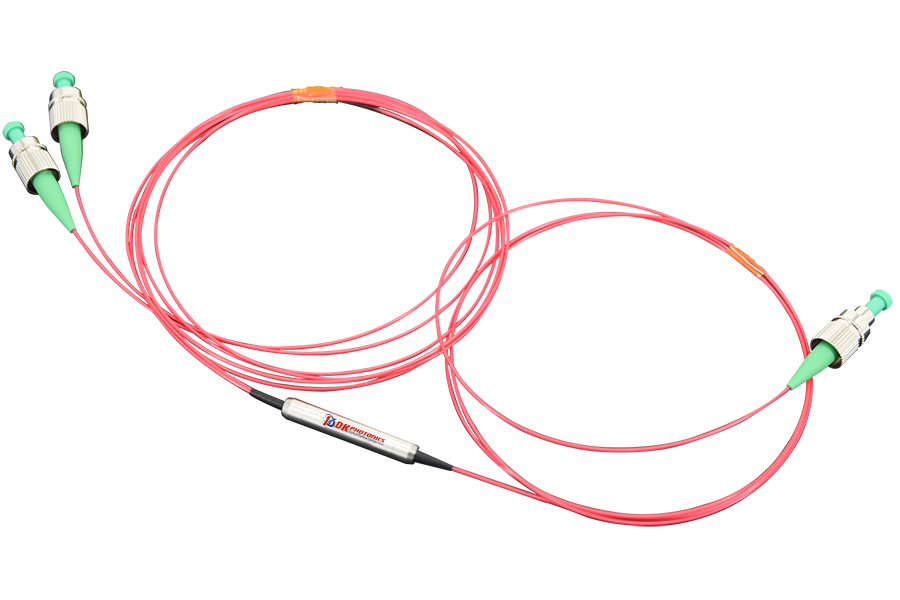Data never stops flowing these days – our digital world is always on and hyper-connected. For telecom companies, keeping that data streamed smoothly is the number one priority. Polarization-insensitive optical circulators (PIOCs) are crucial pieces of hardware that help telecom networks run better and faster.
At its core, fiber optic data transmission comes with one big challenge – maintaining a clear signal over those long stretches of cable. Light waves can get polarized and knocked out of their ideal state as they travel through the fiber. Polarization-insensitive optical circulators are built specifically to fix that polarization problem.
PIOCs Keep Networks Rock Solid Reliable
Nobody wants poor network reliability caused by constant outages and disruptions. That’s a total nightmare scenario for customers and companies alike. PIOCs actively promote network stability by preventing polarization-related signal degradation and interference in fiber optic cables.
With polarization-insensitive circulators doing their job, you get consistent, reliable quality of service — even across those huge long-haul networks spanning entire countries or continents.
The Need for Faster Speeds and Top Performance
In today’s digital age, speed and performance are everything. We’re watching movies, playing games, and video conferencing — everybody wants data delivered lightning-fast. That’s where PIOCs really shine – they actively reduce signal errors by precisely controlling and managing polarization states.
Fewer errors equals higher data throughput and faster communication overall. If you’re a telecom executive, improving network performance is a mission-critical priority for delighting customers and staying one step ahead of the competition.
Savings and Unbeatable Scalability
PIOCs offer excellent long-term value and scalability. They efficiently control polarization without the need for numerous intricate extra polarization control parts. This streamlined approach means lower upfront costs when building out or upgrading a network.
Since PIOCs decouple performance from the polarization state, they make it way easier to seamlessly scale up network capacity over time as data demands grow. It is an infrastructure investment that provides both cost efficiencies and future-proof scalability.
Supporting the High-Tech Future of Telecom
Modern telecom networking is rapidly evolving with cutting-edge technologies like dense wavelength division multiplexing (DWDM) and coherent optical communications. These advanced systems need precise signaling calibration and polarization management to function optimally.
Polarization-insensitive optical circulators are absolutely instrumental for telecom providers counting on next-generation infrastructure to deliver big performance gains. Without PIOCs, unlocking the full potential of these high-tech systems just isn’t possible.
The Bottom Line for Telecom
The advantages of polarization-insensitive circulators aren’t just theoretical projections or laboratory experiments. Providers around the globe have implemented this technology and seen major tangible improvements to their networks.
The key scalability benefits of PIOCs:
- Reduce upfront capital costs by eliminating polarization control hardware
- Minimize ongoing maintenance and operational expenses
- Enable seamless expansion of network capacity as needed
- Future-proof networks for upcoming data demand increases
- Provide flexibility to adopt new technologies and standards
Polarization-insensitive optical circulators are major advances in telecom networks in our hyper-connected age. They boost reliability, speed, and scalability and enable next-generation systems. For telecom leaders, adopting PIOCs isn’t just a smart technical infrastructure investment, it’s a strategic business move positioning their company to handle exploding data cost-effectively demands well into the future.
Any telecom executive or policymaker considering long-term planning for their network’s performance and competitiveness needs to prioritize polarization-insensitive optical circulators.


Leave A Comment